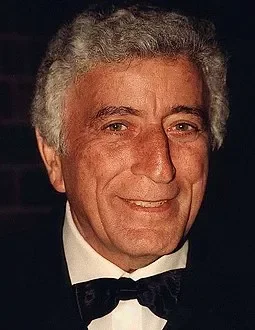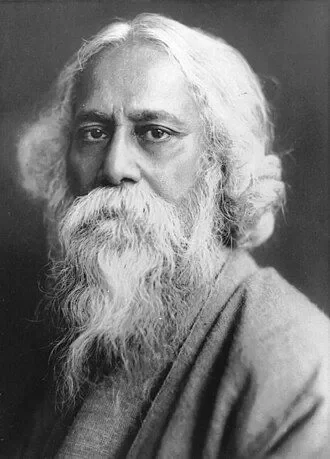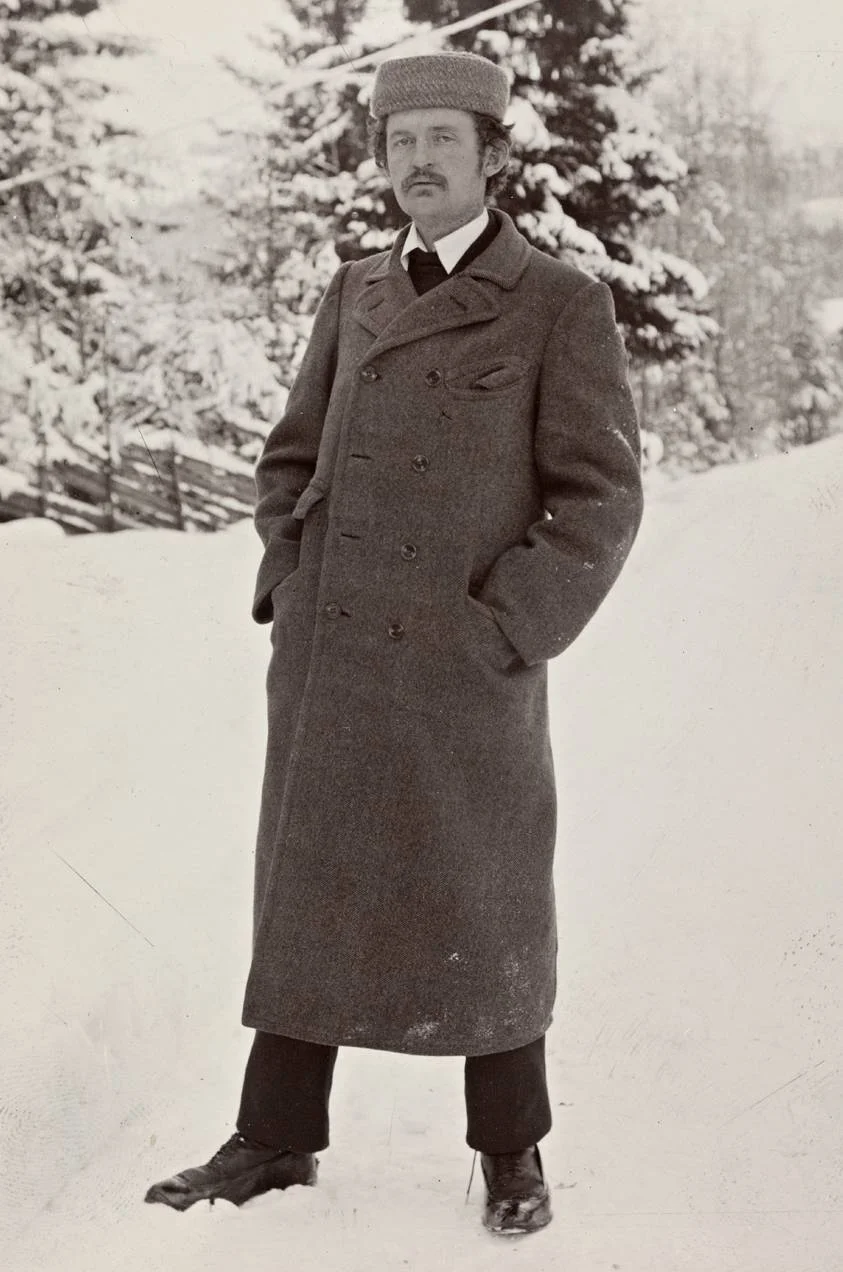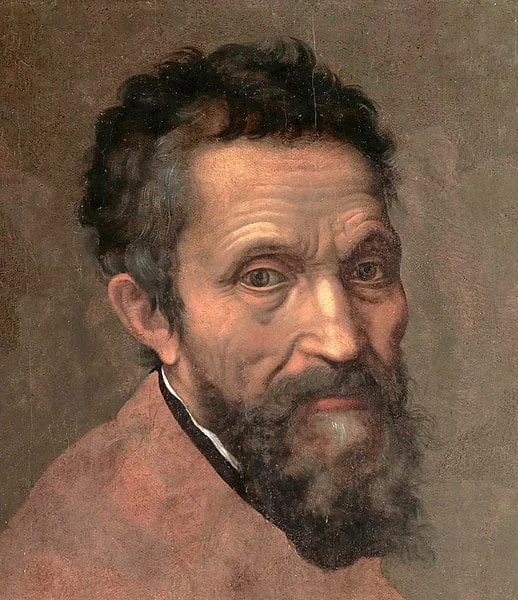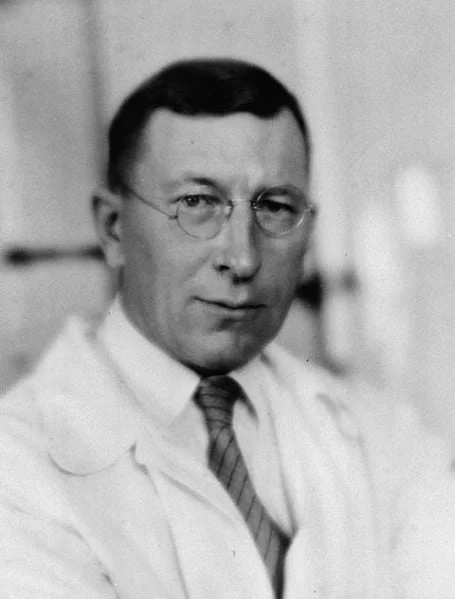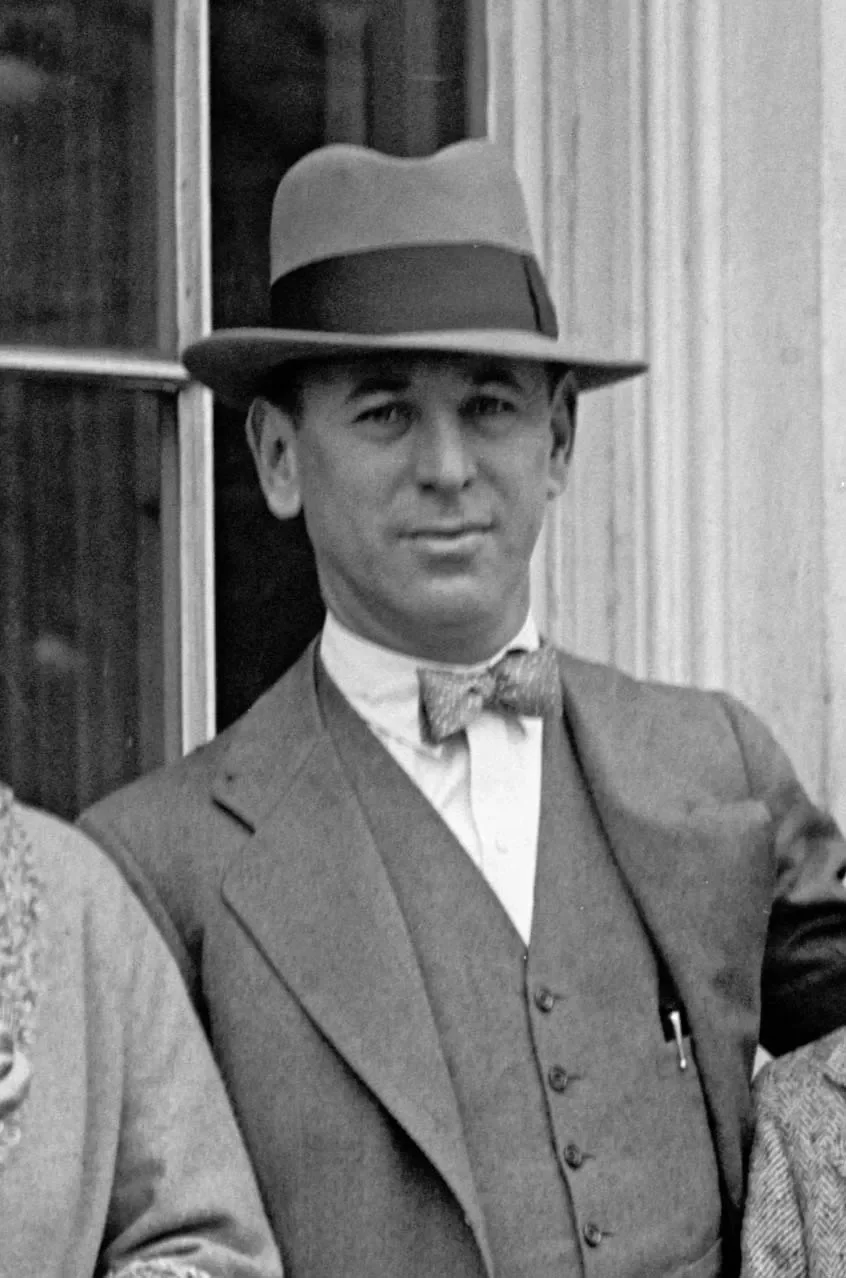Real Celebrities Never Die!
OR
Search For Past Celebrities Whose Birthday You Share

source: wikipedia.org
Pablo Picasso
Birthday:
25 Oct, 1881
Date of Death:
08 Apr, 1973
Cause of death:
Pulmonary edema and a heart attack
Nationality:
Spanish
Famous As:
Printmaker
Age at the time of death:
91
Pablo Picasso: A Pioneer of Modern Art
Pablo Picasso, who was born in 1881 in Málaga, Spain, made an impact as an artist in the 20th century. He is best known for his role in founding the Cubist movement and for introducing constructed sculpture and collage techniques.
Early Life and Training
Since he was young, Picasso showed talent and received formal training from his father, who was also a painter. In 1895 he moved to Barcelona and joined a community of artists.
Academic Foundations
Picasso’s artistic journey began at the School of Fine Arts in Barcelona, where his father was a teacher. He furthered his studies at Madrid’s Real Academia de Bellas Artes de San Fernando, an art school in Spain.
Journey to Paris
In 1900 Pablo Picasso embarked on his trip to Paris and eventually made it his permanent home in 1904. He shared living quarters with Max Jacob, a poet and journalist who played a role in guiding Picasso during his days in the vibrant city of Paris. After facing poverty, they even resorted to burning some of Picasso’s artworks for warmth.
Picasso’s Artistic Periods
Picasso’s body of work can be categorized into various periods, each reflecting his evolving style and emotional state. These periods include the Blue Period, the Rose Period, the African-influenced Period, the Analytic Cubism Period, and the Synthetic Cubism Period.
The African Influence Period
Picasso’s art took a radical turn with the advent of the ‘African Influence’ period (1907-1909). During this phase, Picasso produced one of his most renowned and contentious works, ‘Les Damoiselles d’Avignon.’ The artwork, characterized by its geometric forms and mask-like faces, was directly inspired by African art.
Collaboration with Georges Braque
The period from 1907 to 1912 marked an era of unprecedented collaboration between Picasso and fellow artist Georges Braque, leading to the birth of the Cubist movement.
Picasso’s Personal Life
Picasso’s personal life was just as intricate and vibrant as his artwork. His connections with women such as Fernande Olivier, Eva Gouel, and Olga Khoklova played a role in shaping his artistic endeavors. The turbulent nature of his relationships, marked by betrayal and mistreatment, frequently led to turmoil, prompting Picasso to seek inspiration from new sources.
Pablo Picasso's Quote's
Prolific Output and Political Advocacy
Picasso was a productive and adaptable artist, producing more than 20,000 artworks during his life. He was also a dedicated political advocate who utilized his art to convey his beliefs. Among his creations is Guernica, a large mural illustrating the atrocities of the Spanish Civil War.
Legacy and Death
Picasso passed away in 1973 in Mougins, France, at the age of 91.
Name:
Pablo Picasso
Popular Name:
Pablo Picasso
Gender:
Male
Cause of Death:
Pulmonary edema and a heart attack
Spouse:
Place of Birth:
Málaga, Kingdom of Spain
Place of Death:
Mougins, France
Occupation / Profession:
Personality Type
Entertainer: Picasso was warm and friendly and was considered the life of the party.
Picasso and his friend were questioned by the police when Leonardo da Vinci’s famous painting “Mona Lisa” was stolen from the Louvre.
Picasso’s first word was “Pencil”.
He was a terrible student in school.
His full name is “Pablo Diego José Francisco de Paula Juan Nepomuceno María de los Remedios Cipriano de la Santísima Trinidad Martyr Patricio Clito Ruíz y Picasso”
Picasso won the Lenin Peace Prize
